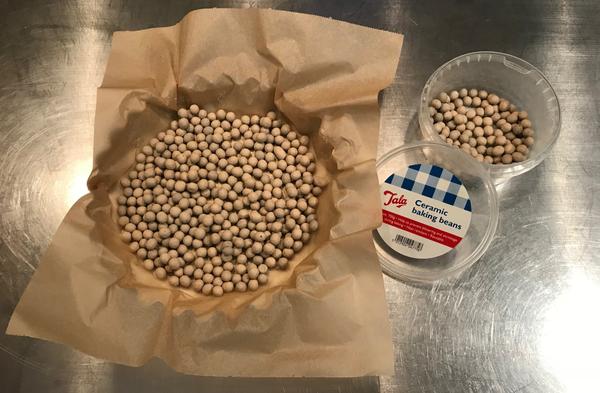Puff pastry pondering
Having had a chance to ride my new lovely from Brighton back to London via Sevenoaks, I can report she's lovely. The only bit, (at the moment), that needs a fiddle is the engine management system. This means the ECU will have to have a talking too, (known as remapping), but otherwise I couldn't be happier.
But let's stay focussed as we were in the middle of a crazy little thing called pastry. Puff pastry is an interesting one because it highlights another feature of pastry, water. The technique involves rolling pastry out into a big rectangle and then folding it round a large, flattened block of butter. This is then folded and rolled out a number of times more. Done properly, this produces a pastry comprised of many thin, alternating layers of pastry and butter. For it to work however, there has to be plenty of resting in the fridge in-between foldings so everything doesn't melt into one lump of solid, buttery pastry.
When this pastry goes in the oven, the water in the butter... (Yes, I did mean to say that; there is water in butter. Butter is about 80% fat, about 16% water and the rest is milk solids and maybe salt.) As I was saying, the water in the butter vaporises and expands, puffing the layers apart. Et voila! La puff pastry est ariveé. This is fine if you want your pastry to puff up, but I explained puffing for another reason.
 |
Have you heard of baking blind? This has nothing to do with baking during a power cut, it is a technique used while making tart cases. If you're making quiche, for example, you roll out a sheet of regular pastry and use it to line a flan tin. The pastry then needs to be baked before it gets filled and baked again or it won't cook and dry out properly. If you bake the lined flan case au naturel, the pastry will puff up in a similar, though more irregular fashion, to puff pastry, and that is as much use a motorbike without wheels. (Did you have to mention motorbikes again? -Ed).
To maintain the shape of the pastry while it bakes and hardens, a sheet of baking paper is put on top of the pastry and a blind is put on top to weigh the pastry down. This might be rice, lentils, chickpeas or even the ceramic beads pictured above. Towards the end of the first bake, the blind and the paper are removed before allowing the pastry to go back in for another five minutes to get a chance to dry out as you want your pastry dry and crisp, not soggy. Phew! Did you get that?
I'd appreciate any feedback and comments about tonight's post as this makes sense to me, but I'd like to know if you feel it was explained clearly. I'm also going to remind you to send me suggestions for the name of my new ride. As good as an idea as it is, she's not going to be called, Bikey McBikeface, I'm looking for something a bit more feminine. Answers to the usual address.
Kirk out
RevoltingFood.com

Comments
Post a Comment